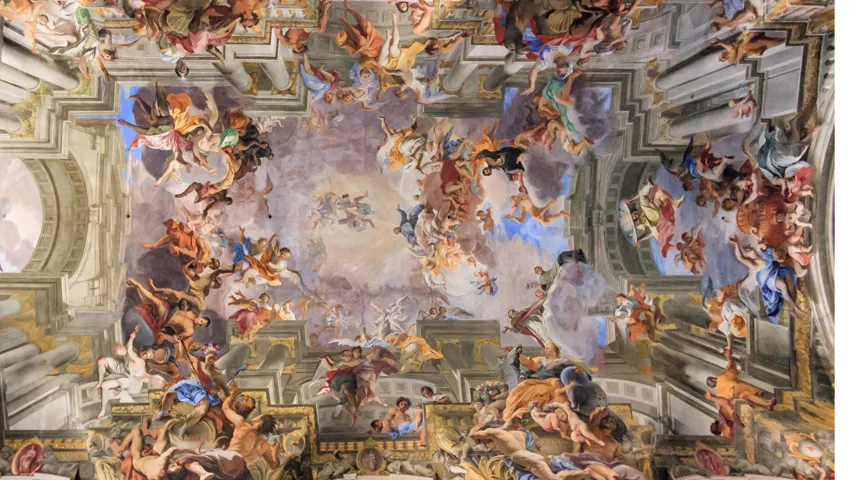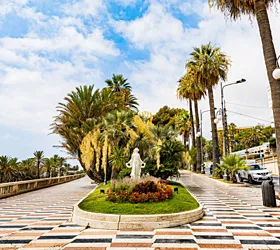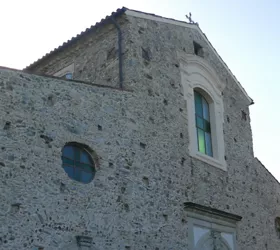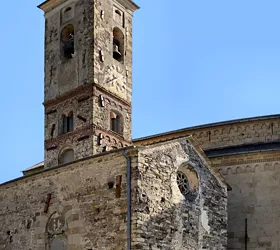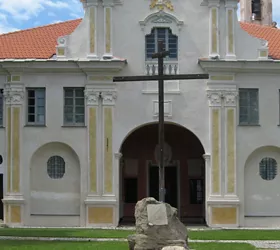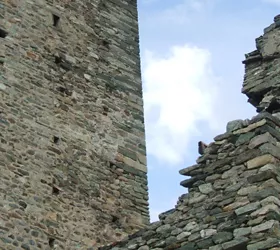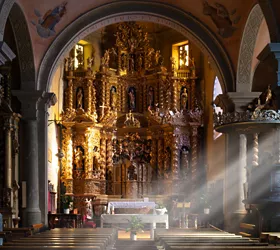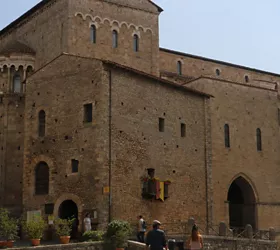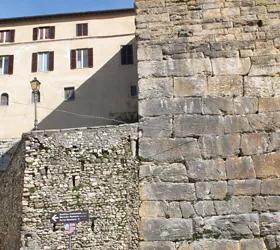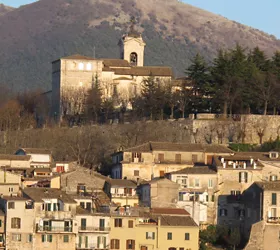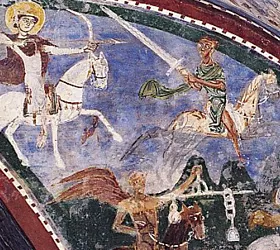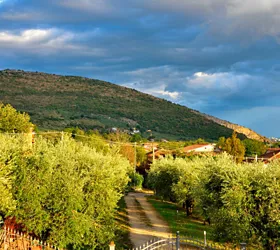Alatri
Alatri virtually clings to the slopes of the Ernici mountains. It is an ancient town, founded by the Hernici people, who provided it with a mighty city wall between the 4th and 2nd centuries BC. This did not, however, prevent it from coming under the rule of Rome. The polygonal surrounding walls, about 2 km in extension, are composed of large stone blocks that have survived over time, tampered with in the Middle Ages but still retaining their original layout, with five gates. Porta San Francesco leads from the north to the historical centre, and the main street leads to the acropolis, itself surrounded by cyclopean walls, built in the 2nd century BC upon an older fortification. They are truly immense blocks that fit together perfectly and have remained standing for over two thousand years. It is accessed from Porta Maggiore, or Porta Civita, which is supported by a colossal monolithic lintel of more than five metres. From here you ascend to the green tree-lined square on which stands the cathedral, erected before the year 1000 with later 16th-century alterations and an 18th-century façade. During the Middle Ages, the acropolis was often used by the inhabitants of the town as a refuge, and it was later turned into a fortress. It was not until the 19th century that its restoration began, when the road around its perimeter was also opened. You can enjoy a beautiful panorama from the Civita Gardens over the historic centre below, the plains of Ciociaria and the Ernici mountains.
The part of the centre within the city walls is medieval: thus, through narrow streets, alleys and stairways, you can reach Piazza Regina Margherita, on which three churches stand: the 14th-century church of San Francesco; the 13th-century church of Santa Maria Maggiore, of early Christian origin, which houses works of artistic value; and the church of Santa Maria degli Scolopi, in late Baroque style. Also of interest is Palazzo Gottifredo, a 13th-century tower house and site of the Civic Museum.


